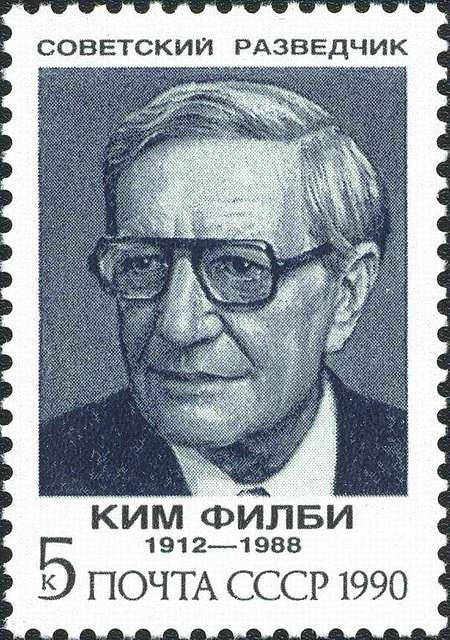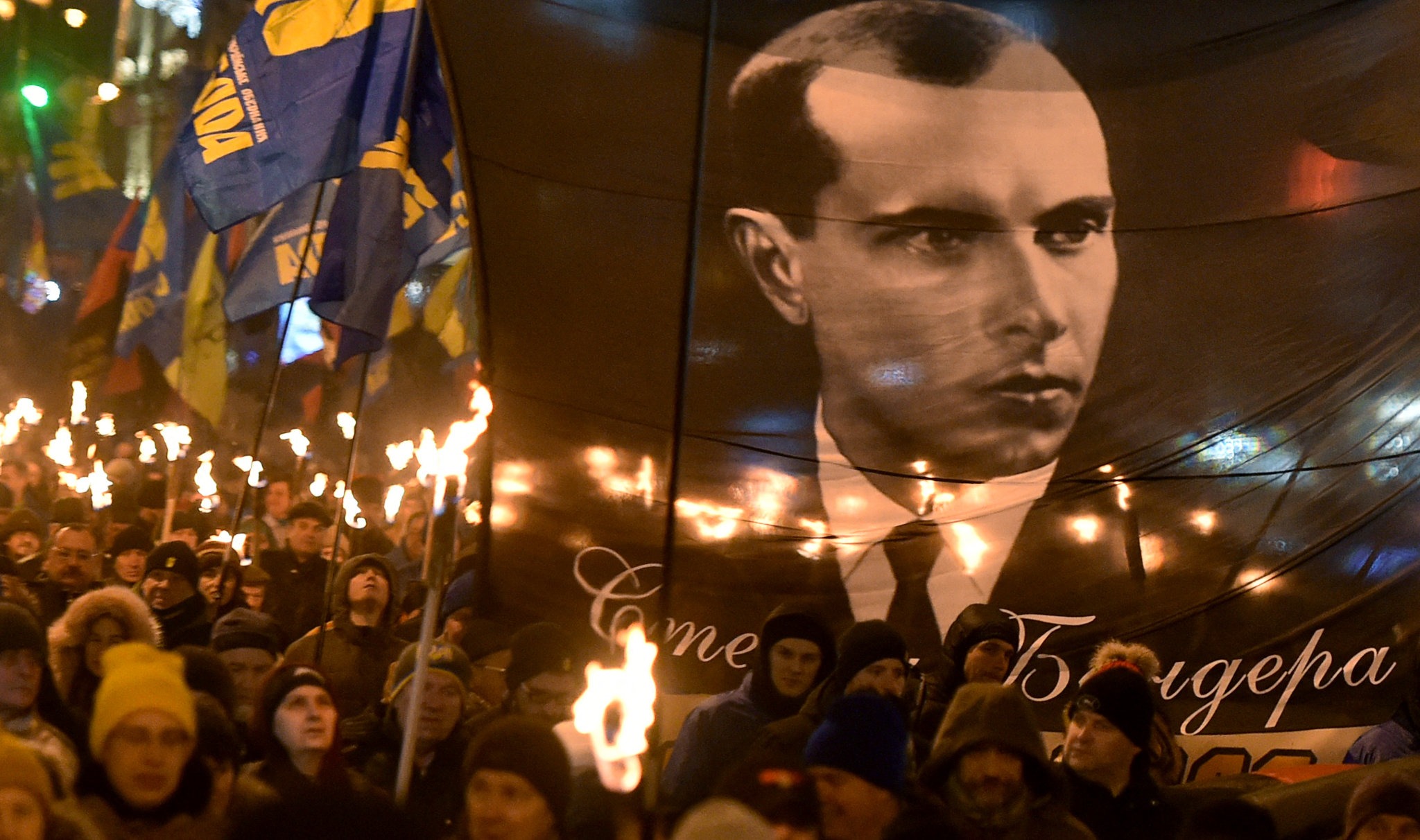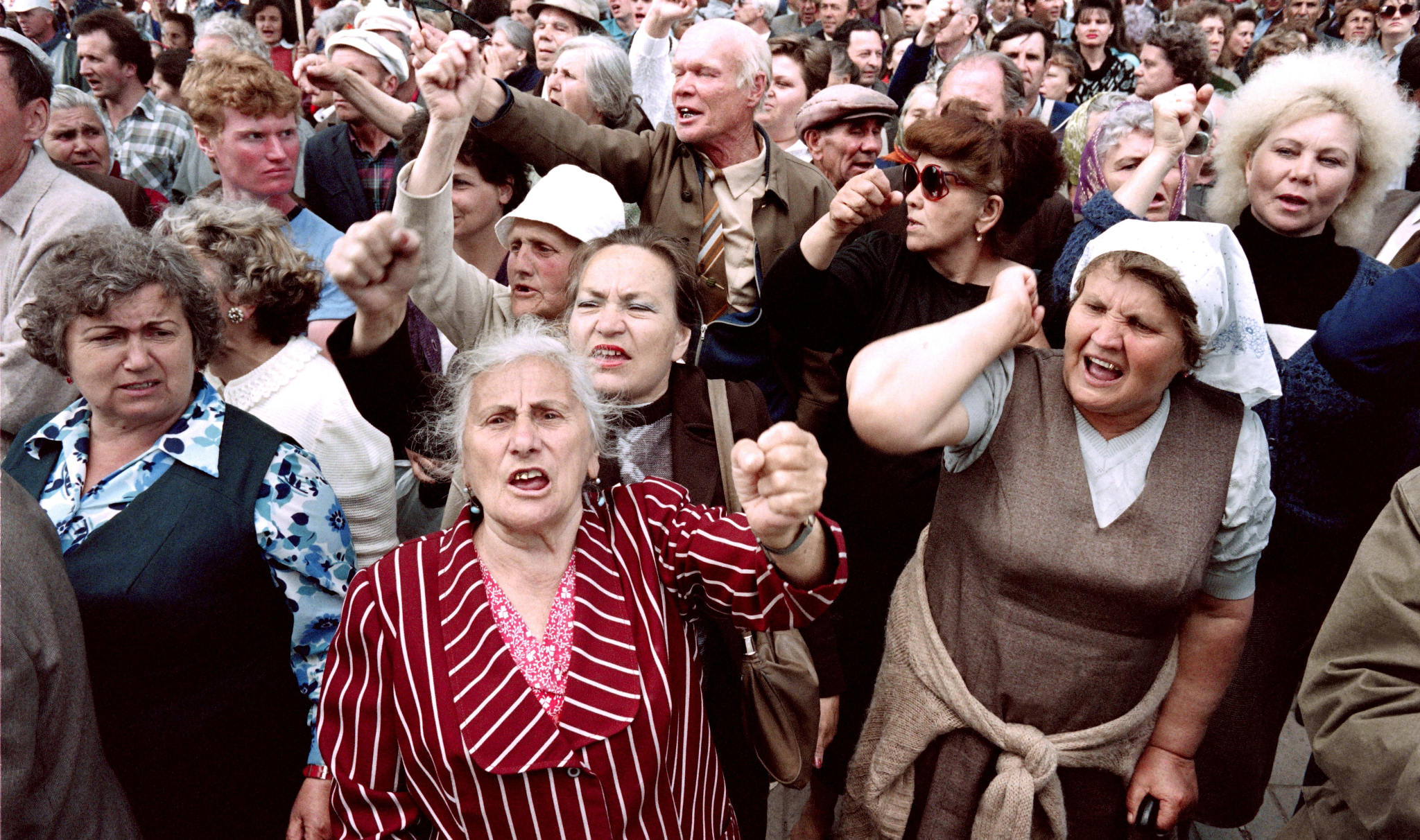On February 24th, the head of Britain’s foreign intelligence service MI6 tweeted: “One year ago today, Russia illegally invaded Ukraine. But the Kremlin fatally underestimated both the courage and determination of the Ukrainian people, and the unity of their allies in the face of Russian aggression. MI6 stands proudly with Ukraine”.
This is compelling rhetoric. But MI6 has been less keen to publicise its murky history of support for Ukraine’s resistance against Russia. During the Cold War, when Ukraine was part of the Soviet Union, MI6 covertly backed anti-communist rebels, with disastrous results.
A traitor at the heart of MI6 was betraying the guerrilla movement, feeding back their positions to Stalin, who ruthlessly rounded them up. The Kremlin viewed the rebels, not without foundation, as far-right militants who had supported the Nazis during World War Two.
The little-known episode centres on Britain’s most infamous double agent, Kim Philby, a member of the Cambridge spy ring – students who were recruited at the elite university by the KGB. Philby became a high-ranking MI6 officer with access to Ukrainian resistance plans, which he leaked to his Russian handlers.
Stepan Bandera
Ukraine’s doomed resistance was led by Stepan Bandera from the Organisation of Ukrainian Nationalists (OUN-B). He was a far-right political figure who collaborated with Hitler’s invasion of the Soviet Union in 1941. When his forces reached the western Ukrainian city of Lviv, they found thousands of political prisoners had been slaughtered by the Soviets.
In retaliation, they joined the Gestapo in murdering thousands of Jews and Poles in the Lviv Pogrom. It is estimated that around one and a half million Jews were killed in Ukraine during the Holocaust.
Splits did emerge between Bandera and Hitler, as the former wanted more autonomy from Berlin, leading to his confinement in a concentration camp.
The OUN-B formed the Ukrainian Insurgent Army (UPA), rebelling against German control but also fighting other Ukrainians, the Soviets and mostly Poles. Ultimately, they sought sanctuary among retreating Nazi troops and Bandera was released in 1944.
Enemy’s enemy
After the war ended with Hitler’s defeat, Bandera fled through Slovakia, where he spent time with the fascist Slovak Hlinka Guard. He then made it to the British Zone of Germany, where he linked up with MI6, providing them a valuable source of information on UPA resistance inside Soviet territory.
Believing he was organising a rebellion in Ukraine, British intelligence began to actively collaborate with Bandera in the late 1940s. They parachuted UPA agents into Ukraine, where they were compromised by Philby who was stationed in Turkey and then the US.
Philby’s KGB handler, Yuri Modin, said: “During this tour of duty in Istanbul, Philby had already helped us wreck several attempts to send in agents. He did the same thing from Washington.”

According to the author Stephen Dorril, “The first group of three was dropped from an RAF aircraft, without wing markings, in the Kiev region in July 1949, and other Banderite groups followed during the next ten months, mostly into the western regions of Ukraine.”
In his book, MI6: Fifty Years of Special Operations, Dorril wrote: “While the drops were successful, nothing more was heard from the agents and they were assumed to have been captured.”
Betrayal
Plans for parachute drops in 1950 were coordinated at a joint CIA-MI6 meeting in Washington. Philby was in attendance, compromising further attempts to infiltrate Ukraine.
He even told his fellow Cambridge spy ring member, Guy Burgess, names of 18 agents who were due to be deployed, together with the dates of their three parachute drops. All of these men disappeared without trace.
By 1951, the CIA had grown increasingly sceptical of Bandera’s politics and influence, whereas MI6 were determined to continue the covert operations. Eventually, British intelligence realised that the few surviving agents who radioed back to the West were acting under Soviet control.
Stalin had eliminated most of the anti-communist guerrilla forces in Ukraine. Bandera was assassinated by the KGB in West Germany in 1959. Philby’s betrayal was not made public until 1963. His treachery is said to have sent thousands of British agents to their deaths across the communist bloc.
MI6 did not respond to a request for comment.
Legacy
After the collapse of the Soviet Union, surviving Banderites held a reunion in Lviv, which Dorril said was attended by “700 former members of the Waffen-SS Galician Division, the majority now living in Canada and the United States, with a contingent of 80 from Britain… Most remained unapologetic about the past.”
Support for Bandera has continued in some Ukrainian circles throughout the post-Cold War period. In 2010 he received the Hero of Ukraine award from the country’s president Viktor Yushchenko, and Banderites played an important, often violent role, in the Maidan protests of 2013-14 that ousted Yushchenko’s more pro-Russian successor.
In early 2019, Ukraine passed a law that awarded veteran status to former OUN and UPA members who fought during World War Two. The status entitles them to free public transport, discounted utilities, subsidised medical care and financial aid.
The Kyiv Post reported: “The move is controversial, as the groups at times cooperated with Nazi Germany, or were involved in bloody clashes with Polish groups in 1943-1945 in western Ukraine, and the mass murder of Jews in the same period.”
Vladimir Putin has used Bandera’s popularity in Ukraine as an attempt to portray his illegal invasion as an exercise in “de-nazification”. Countering this argument has been hampered by Ukrainian institutions continuing to glorify Bandera, despite the country having a Jewish president.
This January, Ukraine’s parliament commemorated Bandera’s birthday, tweeting a photo of Ukraine’s top military officer posing under a portrait of Bandera. The tweet added: “A fight against the Russian empire is currently underway. And the guidelines of Stepan Bandera are well known to the commander-in-chief of the armed forces.”



